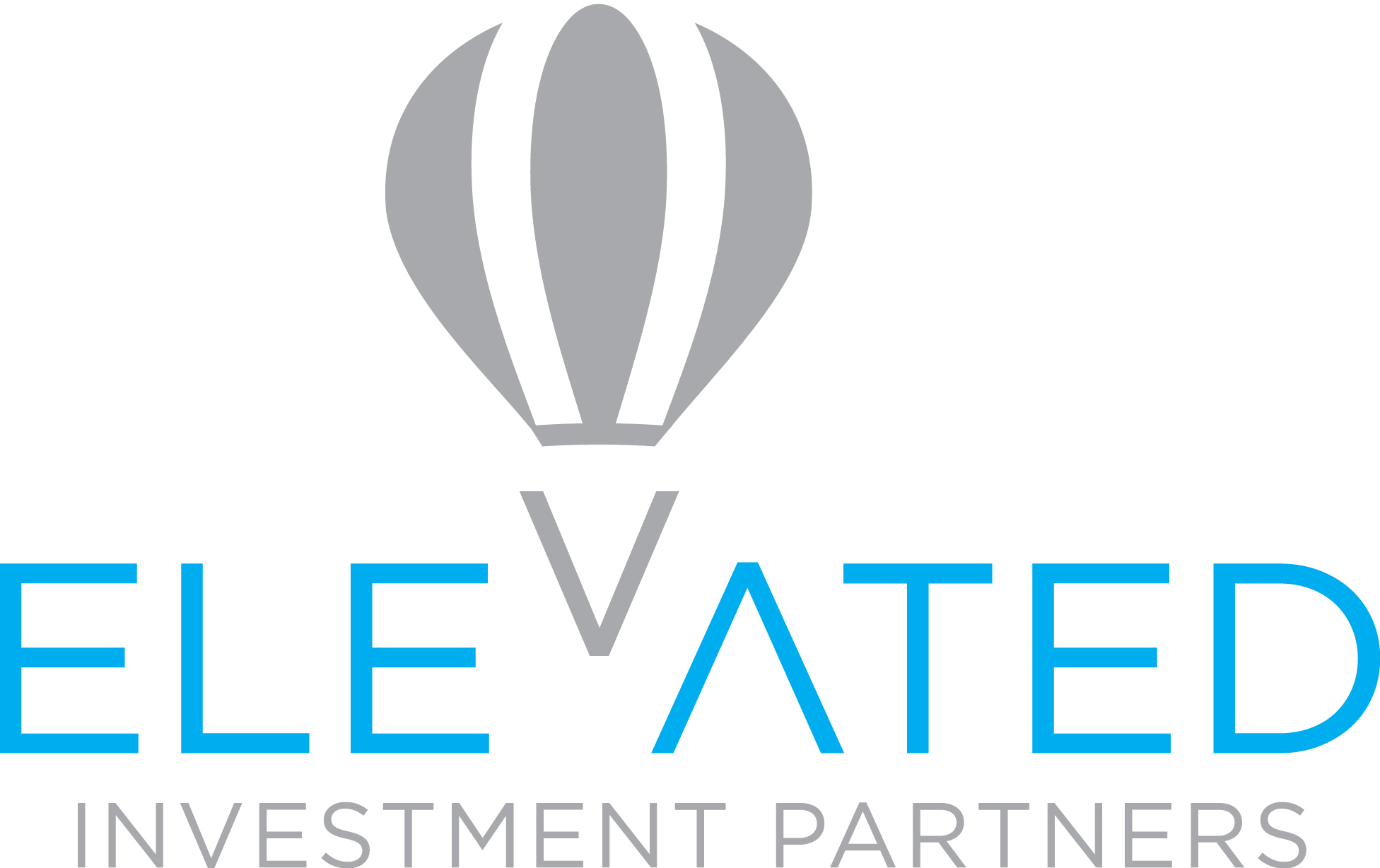Many 401(k), 403(b), and other defined contribution plans have evolved to resemble defined benefit or pension plans in a few important ways, except for one, the ability to receive a stream of income from the plan over one’s retirement years. But that is changing as more retirement income products are being developed and plan sponsors are becoming more receptive to incorporating them into their plans. Employees like the idea: According to the 2021 DC Plan  Participant Survey Findings, 85% of participants said they would stay in their plans after retiring if there was an in-plan retirement income option.
Participant Survey Findings, 85% of participants said they would stay in their plans after retiring if there was an in-plan retirement income option.
401(k) and 403(b) Plans are Evolving to Look Like Pension Plans
Think about how pension plans typically work. Employees do not have to sign up for the plan; they automatically become participants after working for their employer for a period of time. The amount they will receive at retirement usually increases the longer they work for the company. And they do not need to make decisions about the investments that support their retirement benefits.
Over the past two decades, there has been a definite trend of 401(k) and 403(b) plans incorporating features that resemble those of pension plans. For example, many plan sponsors automatically enroll employees and automatically escalate their contribution percentages each year up to a specified percentage. Most will default employees into target date funds, managed accounts or balance funds, thereby relieving them of the difficult job of determining how to invest their retirement savings.
This evolution of defined contribution plans was spurred in large part by legislative and regulatory changes. The Pension Protection Act of 2006, for example, eliminated obstacles to automatic enrollment by clarifying that federal law preempted state laws that prevented an employer from deducting amounts from employees’ paychecks without their consent. The Pension Protection Act also created a fiduciary safe harbor that protects plan sponsors when they invest the contributions of participants who fail to make an investment decision in a qualified default investment alternative, such as a target date fund, managed account or balance fund.
Legislative Efforts to Encourage Retirement Income
Just as Congress amended the law to promote automatic features in 401(k) and 403(b) plans, it has enacted measures and proposed other changes that could encourage retirement income in plans or at least eliminate some of the obstacles standing in the way. Some of these changes or proposals are significant, others more subtle. Here are some examples:
The Setting Every Community Up for Retirement Enhancement (SECURE) Act, which passed at the end of 2019, contains three provisions related to retirement income:
- A requirement that DC plan participant statements include a disclosure of the monthly amount a participant could receive as a single or joint life annuity, based on the current balance. The hope is that this will cause participants to focus not just on their account balances but on the amount of monthly income those balances might produce. Most plans must start making these disclosures no later than the June 30, 2022.
- A safe harbor that would protect plan fiduciaries that select insurers to provide guaranteed retirement income contracts if the insurer is unable to meet its obligations under the contract. This could eliminate one of the concerns plan sponsors have about making annuity options available to plan participants.
- The ability of participants to transfer retirement income investments to another plan or IRA if the plan sponsor eliminates the investment as an option under the plan. This could occur, for example, if the plan sponsor changes recordkeepers to one that is not set up to administer the option.
A bipartisan effort in the House of Representatives and the Senate, often referred to as SECURE 2.0, could make certain retirement income products more attractive. The changes would include:
- An increase in the amount that participants could invest in a qualified longevity annuity contract. A qualified longevity annuity contract is a type of deferred annuity in which payments can start as late as age 85. Qualified longevity annuity contracts enjoy an exception to the required minimum distribution rules, which require distributions to start at age 72.
- More flexibility in the types of annuities that plans could offer. For example, the bills would permit plans to offer annuities that would increase the annual payments to the retiree by an amount that is less than 5% annually.
A possible retirement income mandate?
At the time, Congress is considering the sweeping Build Back Better Act, a proposed $3.5 trillion bill that would affect many areas of American life, including health care, education and energy. Included in the bill is a provision that would require nearly every U.S. employer to maintain a retirement plan. Defined contribution plans adopted after the date of enactment would have to give participants with account balances more than $200,000 the option to elect a guaranteed retirement income stream for at least 50% of their accounts’ value.
If this provision becomes law, a retirement income option would be mandatory for new plans. Could there be a retirement income mandate for existing plans in the future? That is far from certain. But what seems clear is that the trend of adding retirement income options to employer retirement plans will continue and that Congress will keep considering measures to help move that trend along.
